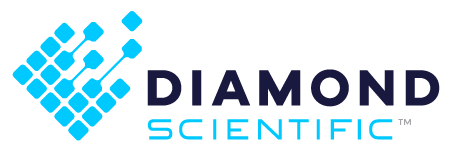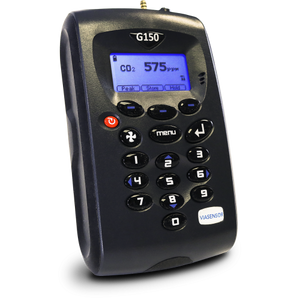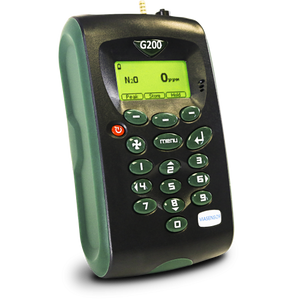News
Reverse Osmosis for Filtering Leachate

What exactly is leachate? In simple terms leachate is a liquid that has passed through matter and during its journey has extracted components from this matter.
Leachate can be a good thing. Suspending an uncracked raw egg over a drinking glass and pouring lemon juice over it will extract calcium from the egg shell. The resulting liquid in the glass is leachate. Believe it or not, some folks supplement their diet with calcium in this manner!
However, leachate can also be a bad thing. Leachate from a landfill can start as rain, snow and/or moist garbage within the landfill. Over time this liquid passes through the garbage and picks up all kinds of hitchhikers and settles below the pile of garbage or, worse, continues down into the aquifer.
To mitigate against the contamination of leachate into our soil and aquifer, options include diversion (preventing contaminants from entering the landfill in the first place), pretreatment (using chemicals or reverse osmosis (RO) to “clean” the leachate), and evaporation (allowing the water from the leachate to evaporate into the air.)
Cleaning landfill leachate using RO started in the 1980’s. Over the last 30 years the RO systems have become more efficient and cost-effective to meet the tighter and more demanding environmental regulations imposed by state and federal government agencies.
The RO technique uses filtration to separate water from contaminants in the leachate. The majority of contaminants are larger than water molecules and are effectively separated from water via the filtering membranes when increased pressure is applied to the leachate forcing water molecules from the leachate to pass through the membrane.
During this process two outflows are created: the permeate (clean water), and the concentrate, (concentrated leachate after removal of most of the water.)
The permeate can be discharged into surface waters or reused locally, even as drinking water. The concentrate can be returned to the landfill or undergo further treatment through evaporation. incineration, solidification, or advanced oxidation (breakdown of organic matter, eventually, resulting in carbon dioxide and water.).
AST, our RO partner in leachate filtration, provided one of the largest direct RO filtration systems in South America, if not the world. Rio de Janeiro's waste treatment center (CTR Rio) receives about 11-12 kilotons of municipal solid waste per day. The RO plant installed by our partner has a treatment capacity of 264,172 gal/day.
Check out this video for a demonstration of reverse osmosis for landfill leachate.


